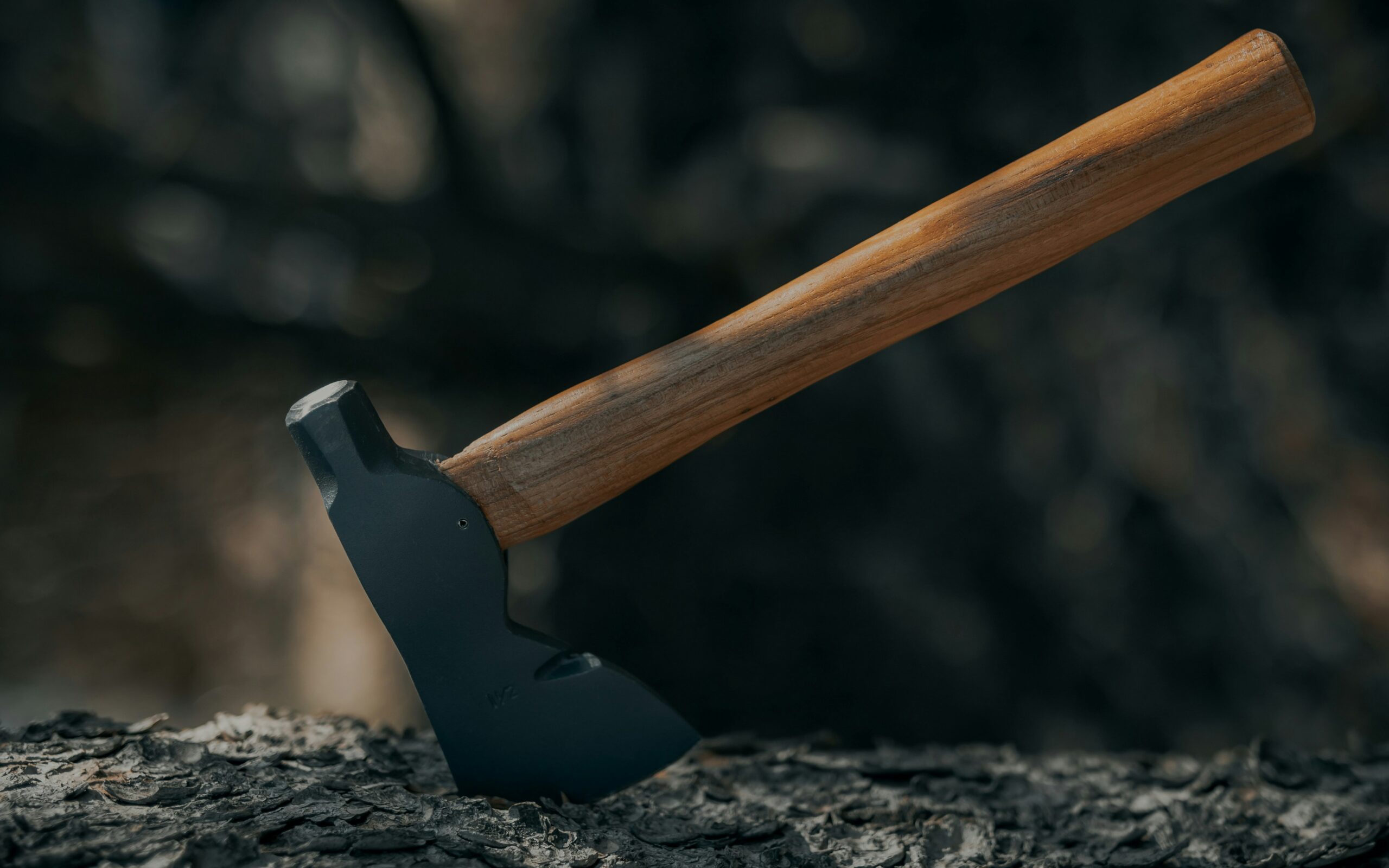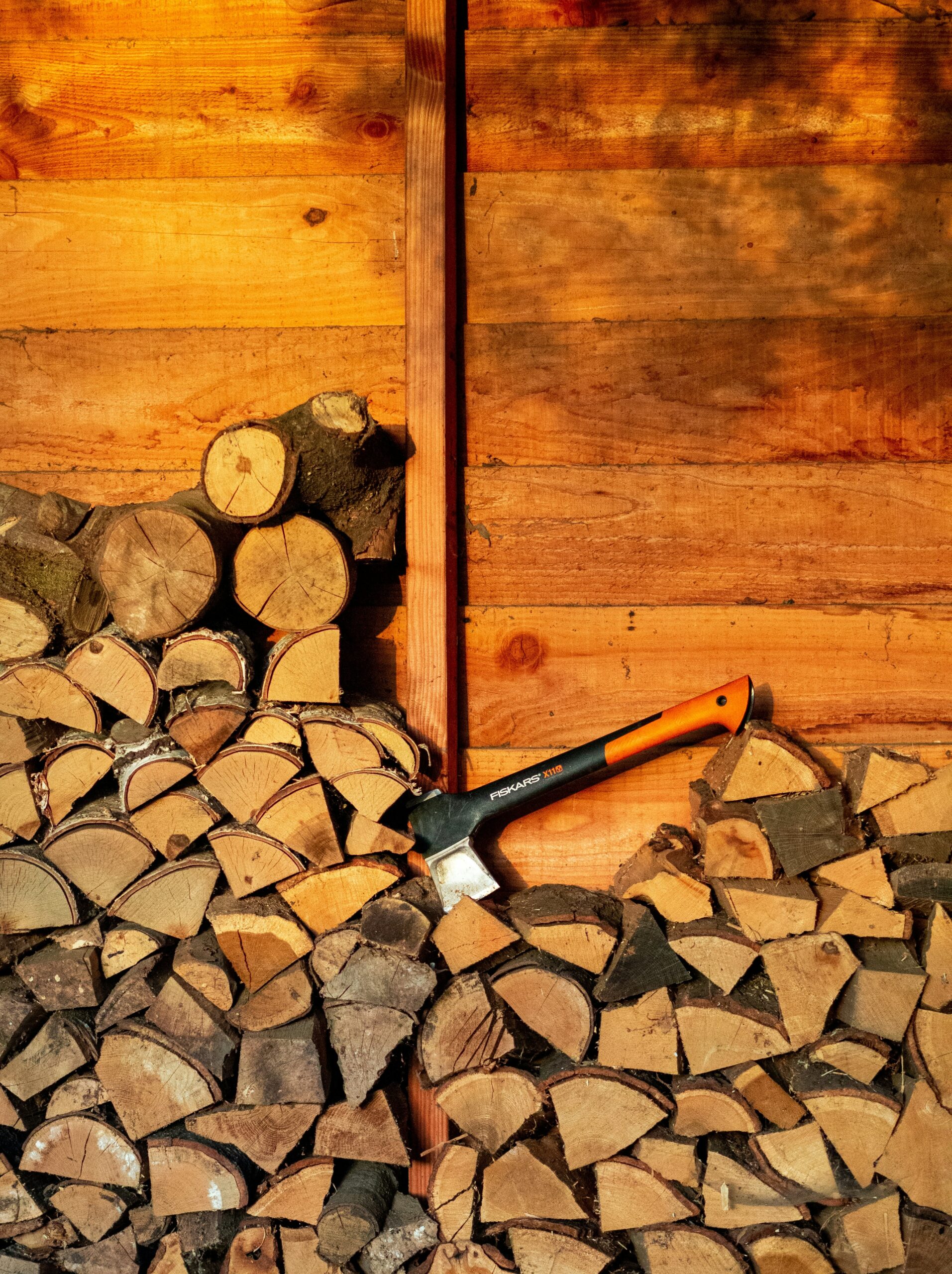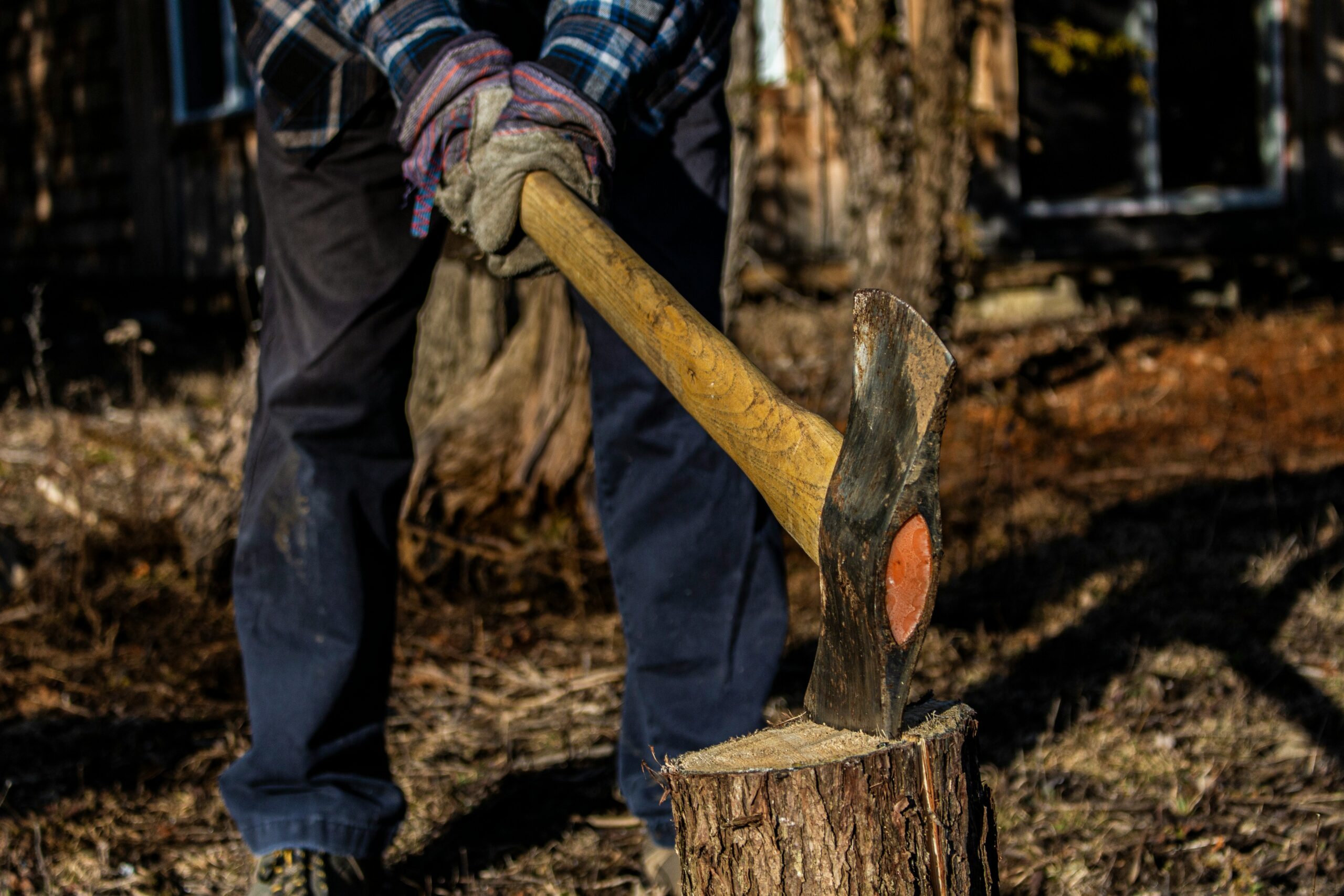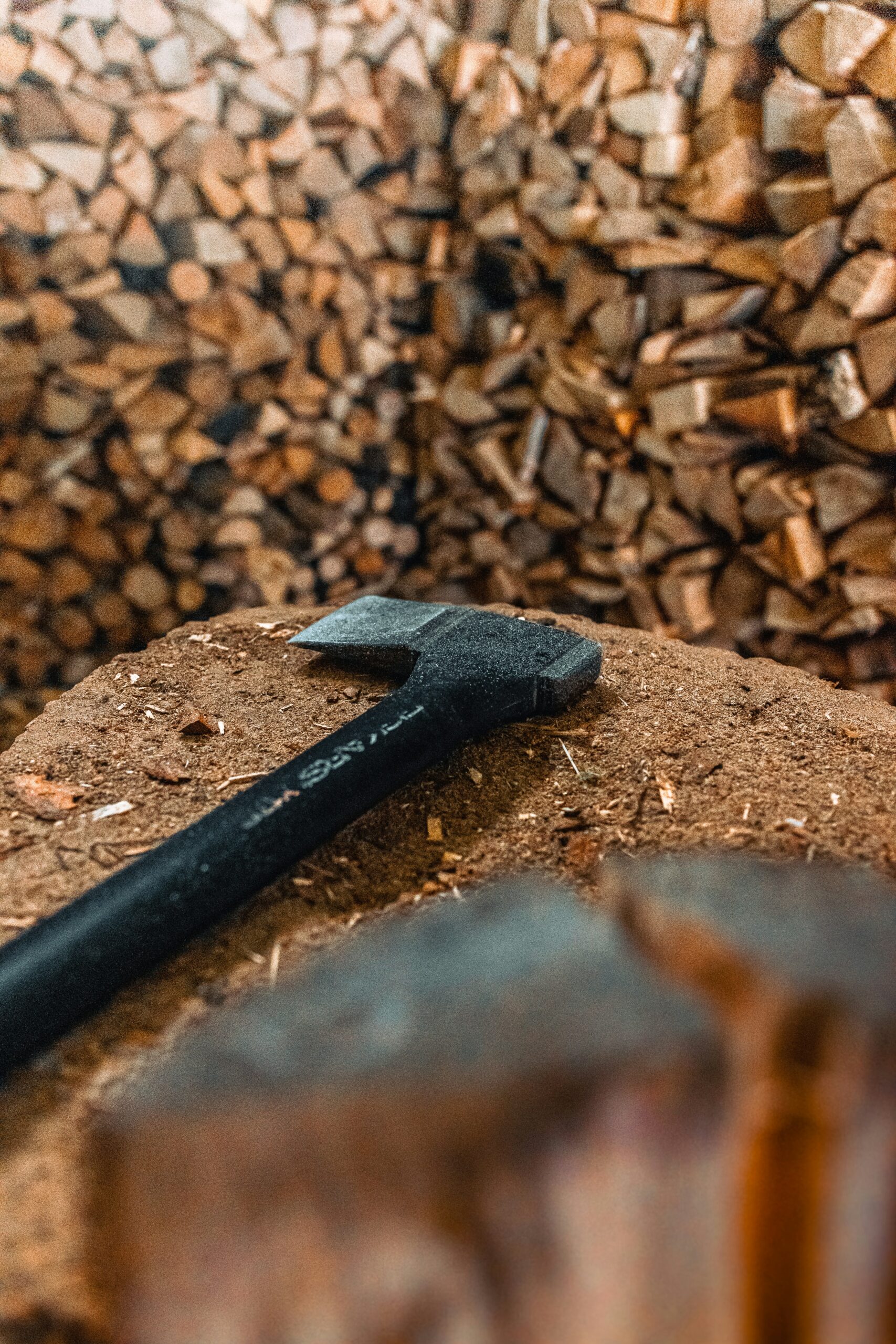Are you ready to create your own outdoor axe-throwing range? This guide will walk you through the essential steps, from choosing the right location to implementing safety measures. You’ll learn how to build durable targets, design an engaging layout, and host successful events. Following our expert advice, you’ll set up a safe and fun space for axe-throwing practice or competitions, perfect for corporate teams and young enthusiasts.
Key Takeaways
- Proper space, safety measures, and local regulations are crucial for outdoor axe-throwing ranges
- Durable targets, weatherproofing, and regular maintenance ensure the longevity of outdoor axe-throwing equipment
- Clear safety guidelines, staff training, and protective barriers are essential for a secure throwing environment
- Thoughtful layout design, including lane dimensions and seating areas, enhances the axe-throwing experience
- Regular events, local promotion, and gathering feedback help maintain and improve an outdoor axe-throwing range
Choosing the Right Location for Your Axe Throwing Range

Selecting the right location for an outdoor axe-throwing range is crucial for safety and enjoyment. This section covers space requirements, local regulations, terrain considerations, and participant accessibility. Understanding these factors ensures a well-planned and compliant range that provides throwers with a safe and engaging experience.
Assessing Space Requirements for Safe Throwing
Safe axe throwing requires ample space to prevent accidents and ensure an enjoyable experience. A standard outdoor range needs at least 15 feet of throwing distance from the target, plus an additional 10 feet behind the thrower for safety. The width should accommodate multiple targets, typically 6 to 8 feet apart. Adequate space allows for proper throwing technique and reduces the risk of axes bouncing back or interfering with other throwers.
Understanding Local Regulations and Permits
Before setting up an outdoor axe-throwing range, it’s crucial to understand and comply with local regulations and obtain necessary permits. Owners should check with their local zoning department to ensure axe-throwing is allowed in the chosen area. Safety regulations, noise ordinances, and liability insurance requirements may also apply. Obtaining the proper permits and following local guidelines helps ensure a legal and safe operation, avoiding potential fines or shutdowns.
Evaluating Terrain and Ground Conditions
The terrain and ground conditions are crucial in setting up a safe and effective outdoor axe-throwing range. A level surface ensures proper thrower footing and consistent target placement. The ground should be firm and well-draining to prevent mud or standing water, which can create hazards. Owners should consider installing a non-slip surface or using materials like wood chips or gravel to improve traction and safety:
Considering Accessibility for Participants
When selecting a location for an outdoor axe throwing range, accessibility for participants is crucial. The chosen site should have easy access from main roads, ample parking, and clear pathways to the throwing area. Considering the needs of all potential participants, including those with mobility challenges, ensures a welcoming environment for everyone. Proper lighting for evening sessions and nearby restroom facilities can also enhance throwers’ overall experience and convenience.
Gathering Essential Equipment and Materials

Setting up an outdoor axe-throwing range requires specific equipment and materials. This section covers selecting suitable axes, sourcing durable targets, acquiring safety gear, and gathering necessary construction tools. Understanding these essentials ensures a well-equipped and safe throwing environment.
Selecting the Right Axes for Outdoor Use
Selecting the right axes for outdoor use is crucial for a safe and enjoyable axe-throwing experience. For outdoor ranges, axes should be durable and weather-resistant to withstand exposure to the elements. The most common types used in outdoor settings are felling axes and hatchets, typically weighing between 1.5 and 3 pounds. When choosing axes, consider the handle material, head weight, and overall balance to ensure they meet safety standards and provide a good throwing experience for participants:
Sourcing Durable Target Materials
Sourcing durable target materials is essential for creating a long-lasting outdoor axe-throwing range. The most common and effective material for targets is end-grain wood, typically softwoods like cottonwood, poplar, or pine. These woods are soft enough to allow axes to stick easily but dense enough to withstand repeated impacts. Targets should be at least 2 inches thick and secured firmly to prevent movement during throws. Range owners can source wood from local lumber yards or sawmills, ensuring it’s properly treated for outdoor use:
Acquiring Safety Gear and Protective Barriers
Safety gear and protective barriers are crucial components of an outdoor axe-throwing range. Range owners should provide participants with closed-toe shoes, safety glasses, and gloves. Protective barriers, such as chain-link fencing or wooden partitions, should be installed between throwing lanes and around the perimeter of the range to prevent axes from straying into other areas. These safety measures help create a secure environment for throwers and spectators alike.
Tools Needed for Construction and Setup
Setting up an outdoor axe-throwing range requires specific tools for construction and setup. Essential items include a circular saw for cutting target boards, a drill for securing targets and safety barriers, and a level to ensure proper alignment. Range builders also need measuring tape, hammers, screwdrivers, and safety equipment like work gloves and goggles. These tools enable the precise and safe construction of throwing lanes, target stands, and protective barriers:
Building Safe and Durable Targets

Building safe and durable targets is crucial for an outdoor axe-throwing range. This section covers constructing regulation targets, secure installation, weatherproofing, and maintenance. These steps ensure targets withstand repeated impacts and outdoor conditions, providing participants with a reliable and enjoyable throwing experience.
Constructing Regulation Axe Throwing Targets
Constructing regulation axe-throwing targets requires precise measurements and durable materials. Standard targets measure 36 inches in diameter, with a bullseye 4 inches across and four scoring rings. The target board should be at least 2 inches thick to withstand repeated impacts. Builders typically use end-grain softwood, such as cottonwood or pine, for its ability to absorb axe strikes while maintaining structural integrity. Proper construction ensures a fair and consistent throwing experience for all participants:
- Measure and cut the target board to 36 inches in diameter
- Mark the center point for the bullseye
- Draw concentric circles for scoring rings
- Paint or stain the target for visibility and weather resistance
- Secure the target to a sturdy backingboard
Installing Targets Securely on Your Range
Installing targets securely is crucial for safety and longevity in an outdoor axe-throwing range. Range owners should mount targets on sturdy wooden frames, anchored firmly to the ground or a solid backing structure. The target board should be attached using heavy-duty bolts or lag screws, ensuring it can withstand repeated impacts without loosening. A slight forward tilt of about 10 degrees helps axes stick more consistently and reduces bouncing.
Weatherproofing for Outdoor Conditions
Weatherproofing outdoor axe-throwing targets is essential for longevity and consistent performance. Range owners should apply a weather-resistant sealant or varnish to the target boards, protecting them from moisture and UV damage. Using pressure-treated lumber for the target frame and backing board adds extra protection against rot and insects. Regular maintenance, including reapplication of sealant and prompt repairs, helps extend the life of outdoor targets.
Regular Maintenance for Longevity
Regular maintenance is essential for the longevity of outdoor axe-throwing targets. Range owners should inspect targets daily, replacing worn sections and tightening loose bolts. Rotating targets weekly ensures even wear while sanding and repainting surfaces monthly maintain visibility and prevent splinters. Implementing a maintenance schedule helps identify issues early, reducing downtime and extending target life:
Implementing Safety Measures and Protocols

Implementing safety measures and protocols is crucial for outdoor axe-throwing ranges. This section covers setting up protective fencing, establishing clear guidelines, training staff in safety procedures, and managing risk and liability concerns. These steps ensure a safe environment for throwers and spectators, minimizing accidents and legal issues.
Setting Up Protective Fencing and Boundaries
Protective fencing and boundaries are essential for outdoor axe throwing range safety. Range owners should install sturdy chain-link fencing or wooden barriers at least 8 feet high around the perimeter and between throwing lanes. These barriers prevent axes from straying into other areas and protect spectators. Clear markings on the ground indicate safe throwing distances and waiting areas, ensuring participants maintain proper positioning during throws.
Establishing Clear Safety Guidelines
Establishing clear safety guidelines is crucial for outdoor axe-throwing ranges. Range owners should create a comprehensive set of rules covering proper throwing techniques, safe handling of axes, and appropriate behavior on the range. These guidelines should be prominently displayed at the entrance and near each throwing lane. Range staff must enforce these rules consistently, ensuring all participants understand and follow them before throwing:
Training Staff or Volunteers in Safety Procedures
Training staff or volunteers in safety procedures is essential for maintaining a secure outdoor axe-throwing range. Range operators should conduct comprehensive safety training sessions covering proper axe handling, throwing techniques, emergency protocols, and first aid. Staff must learn to communicate safety rules effectively to participants and demonstrate correct throwing form. Regular refresher courses and safety drills help ensure all personnel remain prepared to handle potential incidents and maintain a safe environment for throwers.
Managing Risk and Liability Concerns
Managing risk and liability concerns is crucial for outdoor axe-throwing range operators. Range owners should obtain comprehensive liability insurance that covers accidents and injuries. They must also require participants to sign waivers acknowledging the inherent risks of axe throwing. Regular equipment inspections, proper maintenance records, and strict adherence to safety protocols help mitigate potential legal issues. By implementing these measures, range operators can protect themselves and their participants while creating a safe, enjoyable axe-throwing experience.
Designing an Engaging Axe Throwing Layout

Designing an engaging axe-throwing layout involves careful planning of lane dimensions, seating areas, lighting, and amenities. This section covers creating a functional and enjoyable space for throwers and spectators. Proper layout design ensures safety, comfort, and an enhanced participant experience.
Planning Lane Dimensions and Spacing
Planning lane dimensions and spacing is crucial for a safe and enjoyable outdoor axe-throwing range. Standard lanes should measure 6 feet wide and extend at least 25 feet from the throwing line to the target. A minimum of 10 feet of space behind the throwing line ensures throwers have ample room for their approach. Proper spacing between lanes, typically 3 to 4 feet, prevents interference between throwers and enhances safety. Range owners should consider the following factors when planning their layout:
- Lane width: 6 feet
- Throwing distance: 25 feet minimum
- Space behind the throwing line: 10 feet minimum
- Space between lanes: 3-4 feet
- Target height: Center at 5 feet from the ground
- Safety zones: Clearly marked areas for waiting throwers
Incorporating Seating and Viewing Areas
Incorporating seating and viewing areas enhances the experience for both throwers and spectators at outdoor axe-throwing ranges. Range owners should provide comfortable seating options, such as benches or chairs, that are safe from throwing lanes. Elevated viewing platforms or designated spectator areas allow guests to watch the action without interfering with throwers. These areas should be clearly marked and separated from active throwing zones by protective barriers:
Enhancing the Experience With Lighting and Décor
Enhancing the experience with lighting and décor can transform an outdoor axe-throwing range into an inviting and atmospheric venue. Range owners should install bright, adjustable lighting fixtures to ensure clear visibility of targets and throwing areas, even during evening hours. Rustic elements like wooden signage, themed decorations, or ambient string lights can create a cozy, camp-like atmosphere that appeals to throwers and enhances the overall experience.
Providing Amenities for Participants’ Comfort
Providing amenities for participant comfort is essential for creating an enjoyable outdoor axe-throwing experience. Range owners should install restroom facilities or portable toilets within easy reach of the throwing area. A covered shelter or pavilion offers protection from sun and rain, allowing throwers to enjoy the range in various weather conditions. Adding refreshment stands or allowing outside food and drinks can help participants stay hydrated and energized during their throwing sessions.
Hosting Events and Maintaining Your Range

Hosting events and maintaining an outdoor axe-throwing range involve organizing tournaments, promoting locally, performing regular equipment checks, and gathering feedback. These activities help attract participants, ensure safety, and improve the overall experience. By focusing on these key areas of operation and maintenance, range owners can create a thriving venue.
Organizing Tournaments and Competitions
Organizing tournaments and competitions can attract new participants and create excitement around an outdoor axe-throwing range. Range owners should plan events that cater to various skill levels, from beginner-friendly contests to advanced league play. Establishing clear rules, scoring systems, and prizes helps structure these events and ensure fair competition. Regular tournaments can foster a sense of community among throwers and promote the range as a destination for axe-throwing enthusiasts:
- Determine event format (individual or team-based)
- Set registration fees and prize structures
- Create a schedule of matches or rounds
- Train staff to officiate and keep score
- Promote the event through local channels and social media
Promoting Your Axe Throwing Range Locally
Promoting an outdoor axe-throwing range locally requires a multifaceted approach to attract participants and build community interest. Range owners can leverage social media platforms to showcase their facility, share event highlights, and offer promotions to local followers. Partnering with local businesses, sports clubs, and community organizations can help spread awareness and create cross-promotional opportunities. Hosting open house events or offering introductory lessons can give potential customers a taste of the axe-throwing experience, encouraging repeat visits and word-of-mouth marketing.
Regular Equipment Checks and Upkeep
Regular equipment checks and upkeep are crucial for maintaining a safe and enjoyable outdoor axe-throwing range. Range owners should implement a daily inspection routine, checking axes for damage, wear targets, and integrity safety barriers. Weekly maintenance tasks include sharpening axes, rotating target boards, and tightening any loose fittings. A comprehensive monthly review helps identify larger issues and plan for replacements or upgrades. Proper documentation of these checks and maintenance activities is essential for liability protection and ensuring consistent range quality:
Gathering Feedback to Improve the Experience
Gathering feedback is essential for improving the outdoor axe-throwing range experience. Range owners should implement a system to collect participant input, such as post-event surveys or comment cards. This feedback can provide valuable insights into areas for improvement, from equipment quality to event organization. Regularly analyzing this information allows range operators to make data-driven decisions, enhancing the overall experience and encouraging repeat visits.
Conclusion
Setting up an outdoor axe throwing range requires careful planning, from choosing the right location to implementing essential safety measures. Proper equipment selection, target construction, and range layout are crucial for creating a safe and enjoyable throwing environment. Regular maintenance, staff training, and adherence to safety protocols ensure the longevity and success of the range. By following this comprehensive guide, range owners can create a thrilling and secure outdoor axe-throwing experience that attracts participants and fosters a vibrant throwing community.

